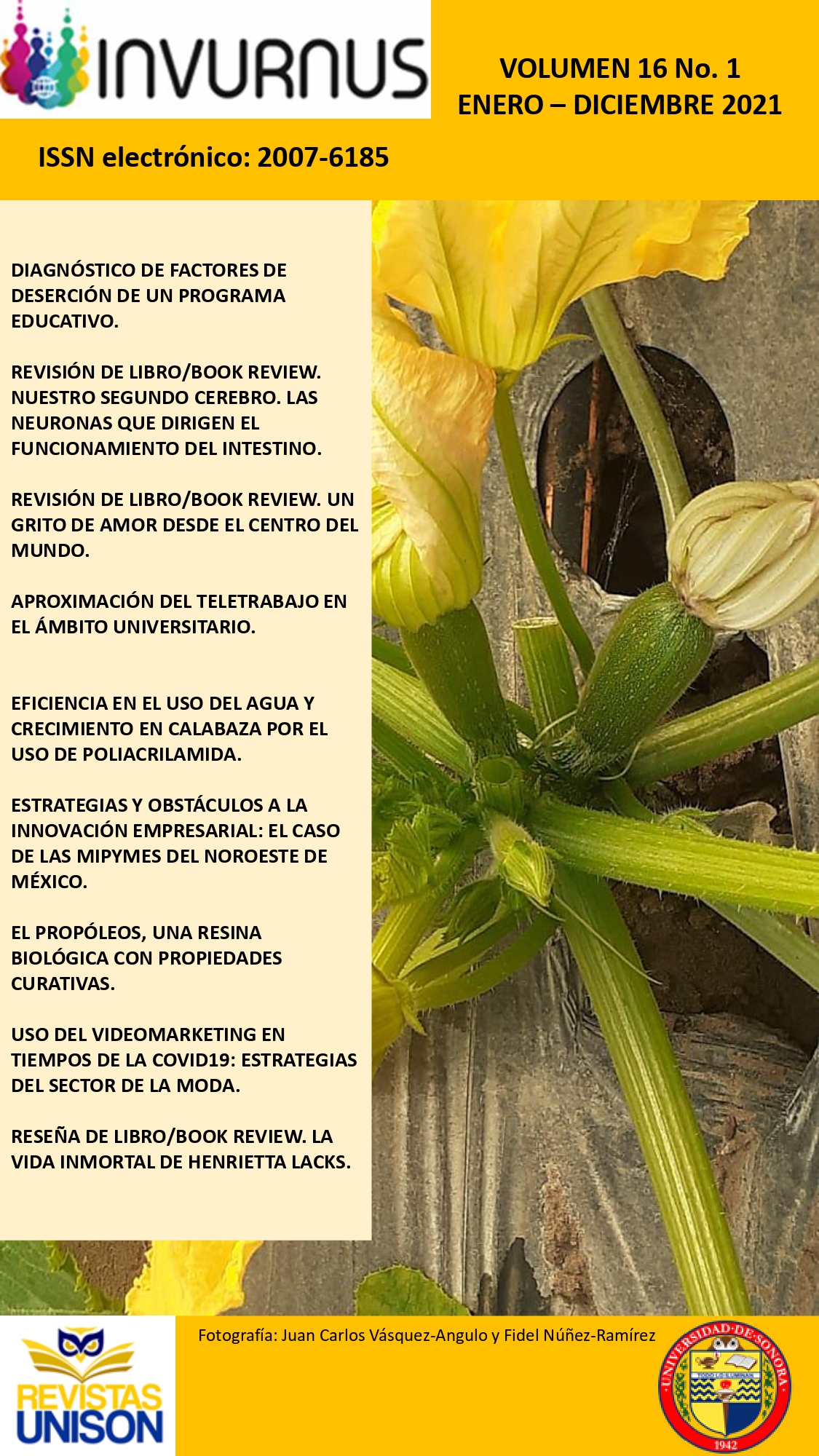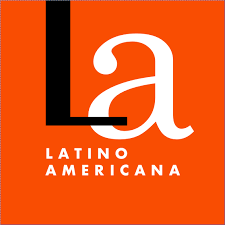Propolis, a Biological Resin with Healing Properties
DOI:
https://doi.org/10.46588/invurnus.v16i1.38Keywords:
Propolis, Cancer, Antiproliferative propiertiesAbstract
Propolis, along with honey, royal jelly, beeswax and bee venom, is a bee product that has drawn great attention due to its pharmacological properties. Propolis is a resinous substance made by bees from exudates, resins and latices secreted from leaves and leave buds of plants. It is a very complex biological matrix, with over 500 chemical constituents described to date. Propolis has different biological properties, anti-cancer activity being one of them. This article briefly describes the different types of bee products with a special focus on propolis and its chemical composition. Then, in the context of cancer biology, discusses the molecular events underlying the anti-cancer effects of propolis, identifying the key molecules involved. The effect of propolis on proliferation, cell cycle progression, apoptosis, migration of cancer cells and angiogenesis is reviewed. Propolis is a biological matrix with a great potential for isolation of chemicals with anti-cancer activity, which alone, or in combination, could represent an alternative for the development of new anti-cancer therapies.
Downloads
References
Alberts B, Johnson A, Lewis J, Raff M, Roberts K, Walter P. 2008. Molecular biology of the cell 5th edition. Garland Science. Taylor & Francis Group, LLC.
Biodiversity informatics in action: identification and monitoring of bee species using ABIS. Proc 15th Int Symp Informatics for Environmental Protection; 2001: ETH Zurich.
Castaldo S, Capasso F. 2002. Propolis, an old remedy used in modern medicine. Fitoterapia. 73:S1-S6.
Chiu H-F, Han Y-C, Shen Y-C, Golovinskaia O, Venkatakrishnan K, Wang C-K. 2020. Chemopreventive and Chemotherapeutic Effect of Propolis and Its Constituents: A Mini-review. Journal of Cancer Prevention. 25(2):70.
Cornara L, Biagi M, Xiao J, Burlando B. 2017. Therapeutic Properties of Bioactive Compounds from Different Honeybee Products. Front Pharmacol. 8:412.
Forma E, Bryś M. 2021. Anticancer Activity of Propolis and Its Compounds. Nutrients. 13(8):2594.
Huang S, Zhang CP, Wang K, Li GQ, Hu FL. 2014. Recent advances in the chemical composition of propolis. Molecules. 19(12):19610-19632.
Kritsky G. 2017. Beekeeping from antiquity through the middle ages. Annual Review of Entomology. 62:249-264.
Kuropatnicki AK, Szliszka E, Krol W. 2013. Historical aspects of propolis research in modern times. Evid Based Complement Alternat Med. 2013:964149.
Medic-Saric M, Rastija V, Bojic M, Males Z. 2009. From functional food to medicinal product: systematic approach in analysis of polyphenolics from propolis and wine. Nutr J. 8:33.
Ratnieks FL, Shackleton K. 2015. Does the waggle dance help honey bees to forage at greater distances than expected for their body size? Frontiers in Ecology and Evolution. 3:31.
Simone-Finstrom M, Spivak M. 2010. Propolis and bee health: the natural history and significance of resin use by honey bees. Apidologie. 41(3):295-311.
Sung H, Ferlay J, Siegel RL, Laversanne M, Soerjomataram I, Jemal A, Bray F. 2021. Global cancer statistics 2020: GLOBOCAN estimates of incidence and mortality worldwide for 36 cancers in 185 countries. CA: a cancer journal for clinicians. 71(3):209-249.
Wong RS. 2011. Apoptosis in cancer: from pathogenesis to treatment. Journal of Experimental & Clinical Cancer Research. 30(1):1-14.
Downloads
Published
How to Cite
Issue
Section
License
Copyright (c) 2021

This work is licensed under a Creative Commons Attribution-NonCommercial 4.0 International License.












